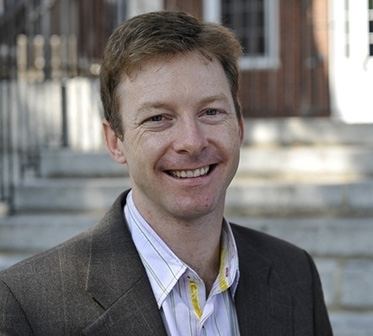Name Bevil Conway | ||
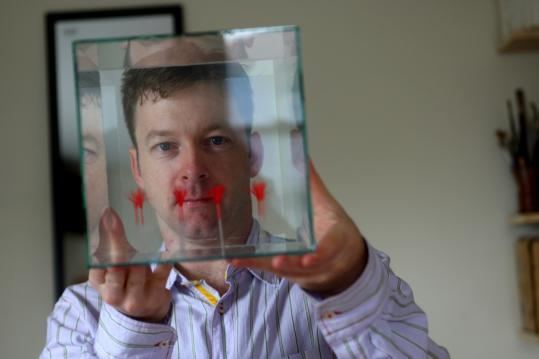 | ||
Education | ||
The neuroscientist in the studio breaking then creating bevil conway tedxmarthasvineyard
Bevil Conway (born 4 November 1974, Harare, Zimbabwe) neuroscientist and artist. Conway specialises in visual perception in his scientific work, and he often explores the limitations of the visual system in his artwork. He was Associate Professor at Wellesley College until 2016. He currently runs the Sensation, Cognition and Action laboratory in the Laboratory of Sensorimotor Research at the National Eye Institute.
Contents
- The neuroscientist in the studio breaking then creating bevil conway tedxmarthasvineyard
- How do we perceive color
- Science
- Art
- References

Conway was educated at McGill University and Harvard University. On finishing his PhD, Conway was elected a Junior Fellow at the Harvard Society of Fellows, and spent a year as an Alexander von Humboldt Fellow at the University of Bremen, Germany. Conway also helped establish the Kathmandu University Medical School in Nepal, where he taught as Assistant Professor in 2002-03. From 2006 to 2011 he was Knafel Assistant Professor of Natural Science in the program of Neuroscience at Wellesley College.
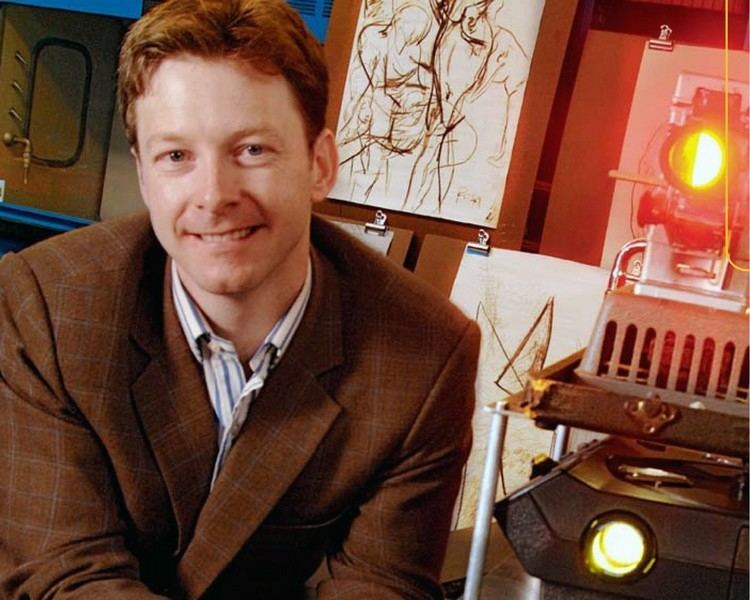
How do we perceive color?
Science
Conway's research originally set out to explore the principle of double opponency in the primate visual system, showing (in 2001 and 2006) that color cells in the first stage of cortical processing (V1) compute local ratios of cone activity, making them both color-opponent (red-green and blue-yellow) and spatially opponent, pinning them down as the likely basis for color constancy and the building blocks for specific hues.
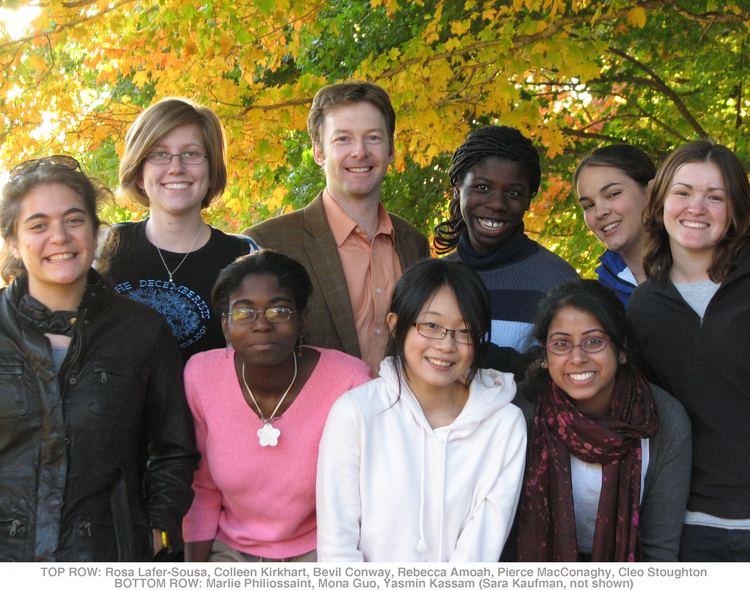
Subsequent work has focused on the representation of color in extrastriate areas of the brain that receive input from V1. In collaboration with Doris Tsao, he used fMRI to identify such functionally defined regions and coined the term "globs" to describe them. In 2007 he used targeted single-unit recording techniques to characterise the behaviour of cells in these color areas, showing that individual neurons in these areas respond selectively to specific hues. The behaviour of these cells and the networks they are involved in are the current focus of his work.
Art
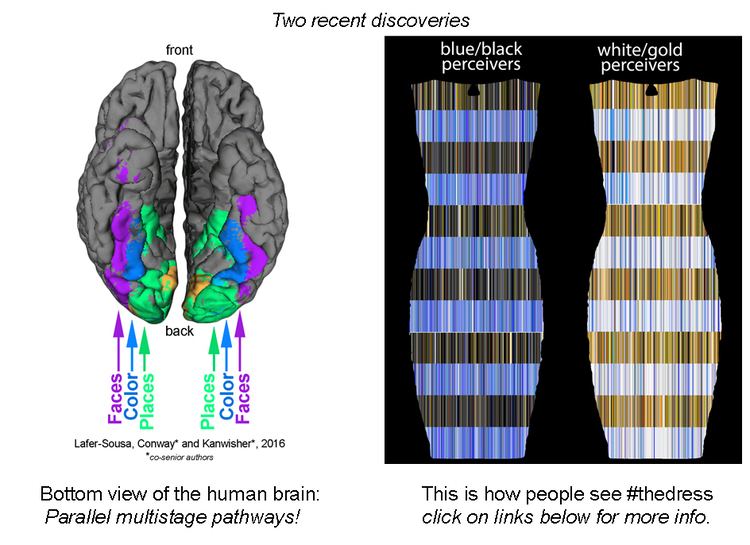
Much of Conway's research is guided by the underlying thought that visual art can be used to reveal insights about how visual information is processed. An ongoing research project examines the idea that poor stereopsis may be an asset to artists (the startling finding that Rembrandt may have lacked stereopsis was widely discussed in the media). His interest in the dove-tailing of science and art has also spawned an interdisciplinary upper level course at Wellesley, Vision and Art: Physics, Physiology, Perception, and Practice.

As an artist Conway is active in visual media, predominantly watercolors, oils, and prints. A larger, ongoing project is a series of sculptures in the shape of glass boxes. His interest is driven by fundamental questions of art making: How do brain and visual apparatus co-operate in making an art object? What is the role of muscle memory in making marks on paper and, more broadly, in the creative process? How do artists challenge the constraints and limitations of our visual system? His works are in the collection of the Fogg Art Museum, private collections in Europe, North America and Africa, and have been featured in books and commercials.
